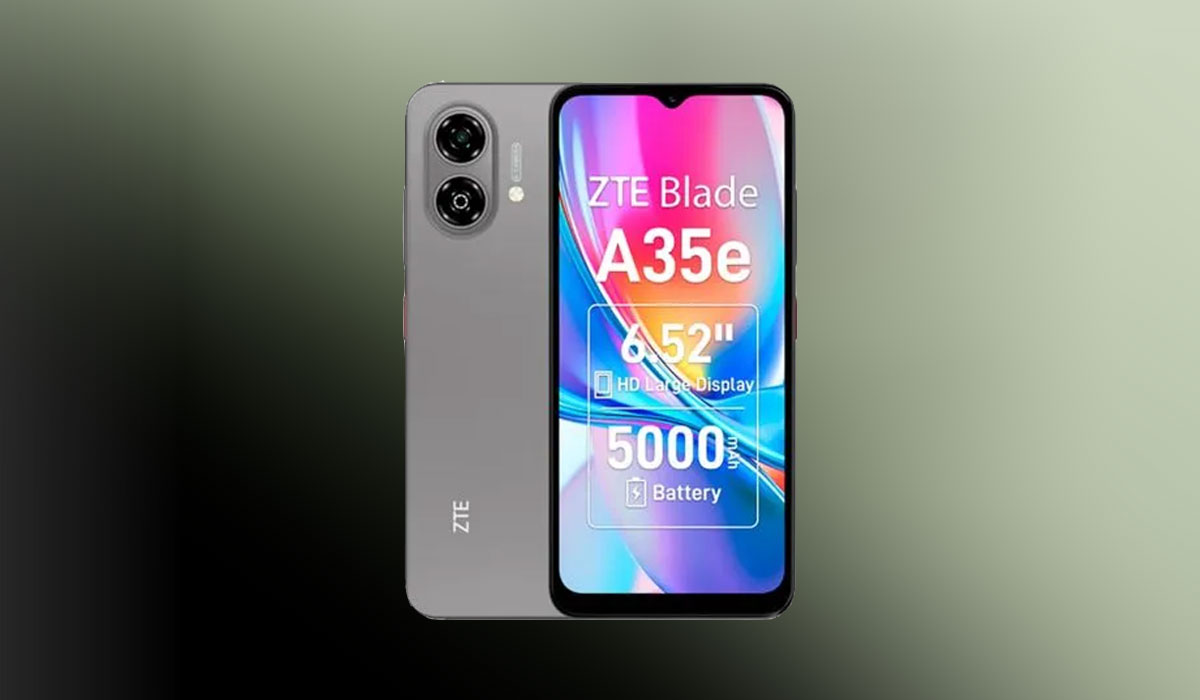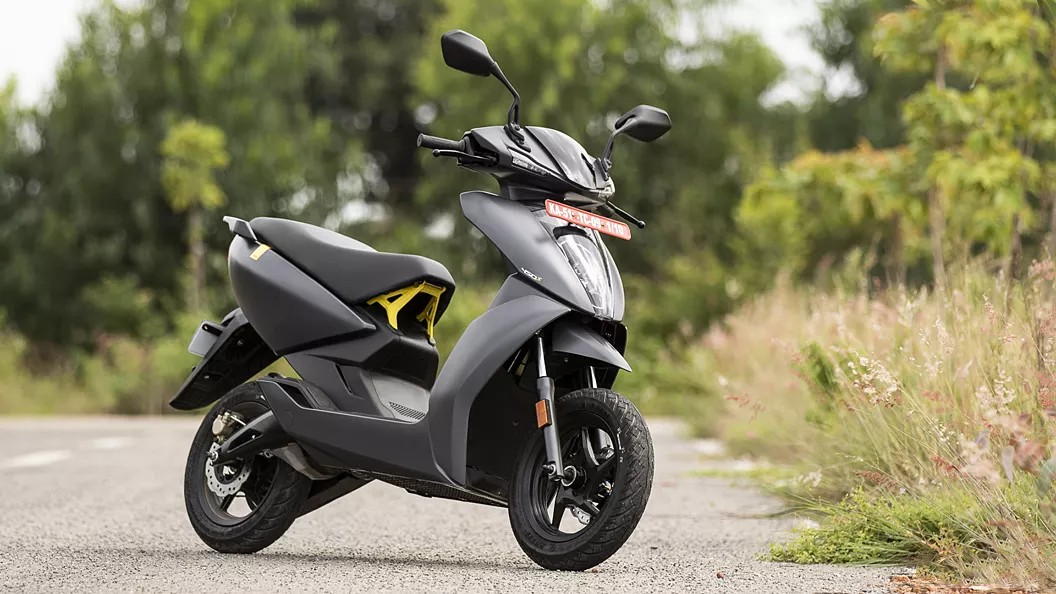According to statistics:
33,000 out of the total 45,000 households in Baitadi lack access to electricity. They have to depend on solar power or kerosene lamps to light their homes.
Why it matters:
Even though there has been a considerable increase in the number of household with access to electricity in the rural areas of Nepal over the years, there is still a long way to go. Lack of electricity in Baitadi affects the daily lives of all people living there; people don’t even have proper banking access.
The Backdrop:
- Almost three decades ago the district headquarters was connected to the national grid.
- In 1985, 11 KV feeders from India was connected with the district headquarters.
- Five years later, a 200-kW micro hydropower plant started producing electricity in Baitadi.
- In 2000, a 33-kV transmission line was installed to supply Baitadi with power.
- Recently, the 30 MW Chameliya Hydropower Project started generating energy.
In spite of the gradual development, there is still a large section of the population in Baitadi that has yet to get access to electricity. The micro-hydropower projects in the district usually get shut down due to financial problems.
What they are saying:
- The Nepal Electricity Authority office in Baitadi said that the budget allocation for the district for rural electrification was inadequate, and as a result, many parts of the district lack electricity access.
- “Electricity poles were erected a long time ago, but power lines have not been installed, and many villages live in darkness,” said Chakra Bahadur Chand, a local of Patan Municipality.
- “At least Rs5 billion will be required to electrify the villages. The project can be completed within three years,” said Mahananda Joshi, a technician at the district electricity dispatch center.
- “The closure of micro-hydro projects has largely affected small enterprises and economic activities in the villages,” said Ganesh Dutta Joshi, a local of Puchaudi Municipality.
According to the Least Developed Countries Report 2017:
Transformational Energy Access published by the UN Conference on Trade and Development (UNCTAD), access to electricity in Nepal’s rural areas had reached 81.7 percent of the population in 2014, up from 62.1 percent in 2010.
Nepal’s micro-hydro village electrification program has been a successful scheme for scaling up the deployment of mini hydro systems, the report said.
-
ZTE Blade A55 with 90Hz Refresh Rate Launched in NepalHIGHLIGHTS The ZTE Blade A55 price in Nepal is Rs. 11,999 (4/64GB) and Rs. 12,999…
-
ZTE Blade A35e Launched in Nepal: Cheapest of the BunchHIGHLIGHTS The ZTE Blade A35e price in Nepal is Rs. 10,499 (2/64GB). The phone is…
-
2025 Ather 450S Arrives in Nepal: Improved Range at Affordable Price!HIGHLIGHTS Ather 450S price in Nepal is Rs. 3.25 Lakhs. The 2025 Ather 450S is…









